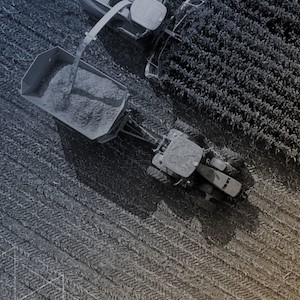Irrigation Management with Soil Sensors: Considerations for Choosing the Best Method
There are two main types of soil sensors used in agriculture to measure the availability of water to plants, writes Guy Sela at CropLife. They are:
- Sensors that measure soil moisture.
- Sensors that measure the water tension in the soil (tensiometers).
What’s the difference between these two methods and is one better than the other? In order to understand that, let’s examine what determines the ability of plants to absorb water from the soil. The water in soil is held in soil pores – the spaces between soil particles. This is very similar to the way water is held inside of a sponge.
Smaller pores can retain water more tightly than bigger ones, due to stronger capillary forces. In order to absorb the water, plants must overcome the force by which water is held within the pores.
Sensors that measure the tension in the soil measure the actual force that must be applied in order to remove water from soil, while sensors that measure soil moisture measure the volumetric water content (θ) in the soil – the percentage of the soil volume that is occupied by water.
MORE BY CROPLIFE
2024 Annual CropLife Ag Tech Awards of Excellence — Nominations Are Now Open
The Urgency of Rapid and Accurate In-Field Testing to Tackle Crop Diseases
The tension and the moisture are two related parameters. Under the same tension, a soil with larger pores will hold less water than a soil with smaller pores. This means that the volumetric water moisture of a soil can be relatively high, while a large portion of this water is not available to the plant, because it is held too tightly in the small soil pores.
Soil moisture sensors include TDR sensors (Time domain reflectometry), ADR sensors (amplitude domain reflectometry), and neutron probes. The last ones are considered the most reliable method for measuring soil moisture. However, their cost is high, and they require a certified operator.









